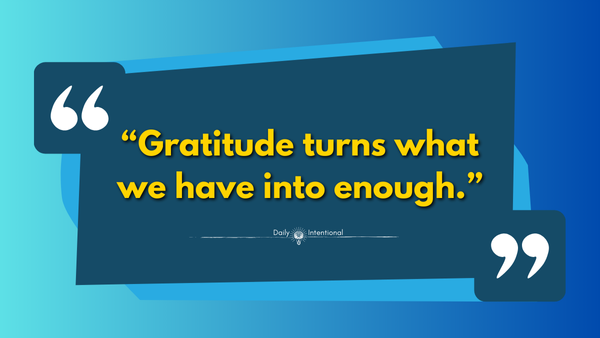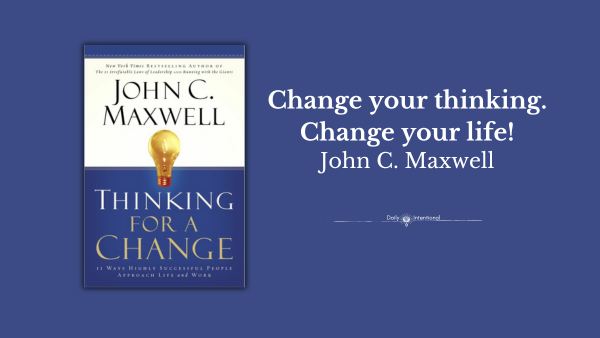 Grab your copy of The Let Them Theory today at https://amzn.to/4bPgSDj Mel Robbins, a New York Times bestselling author and a leading voice in the realm of motivation and mindset, offers a refreshing perspective with her book, “The Let Them Theory” . Known...
Grab your copy of The Let Them Theory today at https://amzn.to/4bPgSDj Mel Robbins, a New York Times bestselling author and a leading voice in the realm of motivation and mindset, offers a refreshing perspective with her book, “The Let Them Theory” . Known...
 “The single most powerful asset we all have is our mind. If it is trained well, it can create enormous wealth.” – Robert T. Kiyosaki “Rich Dad Poor Dad”, a book by Robert Kiyosaki, has been a game-changer for many when it comes to personal finance and investing....
“The single most powerful asset we all have is our mind. If it is trained well, it can create enormous wealth.” – Robert T. Kiyosaki “Rich Dad Poor Dad”, a book by Robert Kiyosaki, has been a game-changer for many when it comes to personal finance and investing....
 “Gratitude turns what we have into enough.” We live in a time where time often rushes past us, where notifications flood our screens and responsibilities pile up, there exists a simple yet profound practice that can ground us, shift our perspective, and infuse our...
“Gratitude turns what we have into enough.” We live in a time where time often rushes past us, where notifications flood our screens and responsibilities pile up, there exists a simple yet profound practice that can ground us, shift our perspective, and infuse our...
 Change your thinking, change your life.” John C. Maxwell This powerful quote by John C. Maxwell encapsulates the essence of his transformative book, “Thinking For A Change”. In this article, we delve into the key takeaways from this enlightening read. The Power of...
Change your thinking, change your life.” John C. Maxwell This powerful quote by John C. Maxwell encapsulates the essence of his transformative book, “Thinking For A Change”. In this article, we delve into the key takeaways from this enlightening read. The Power of...
 John C. Maxwell, a renowned author and leadership mentor, underscores the significance of leading a life with purpose. He suggests that many individuals journey through life without a clear sense of direction or purpose, which prevents them from realizing their full...
John C. Maxwell, a renowned author and leadership mentor, underscores the significance of leading a life with purpose. He suggests that many individuals journey through life without a clear sense of direction or purpose, which prevents them from realizing their full...
 “Identify and challenge the assumptions, habits, and procrastinations that limit you and expand the boundaries of what you believe is possible.” Limitless Expanded Edition: Upgrade Your Brain, Learn Anything Faster, and Unlock Your Exceptional Life by Jim Kwik is a...
“Identify and challenge the assumptions, habits, and procrastinations that limit you and expand the boundaries of what you believe is possible.” Limitless Expanded Edition: Upgrade Your Brain, Learn Anything Faster, and Unlock Your Exceptional Life by Jim Kwik is a...







